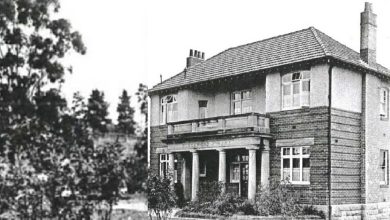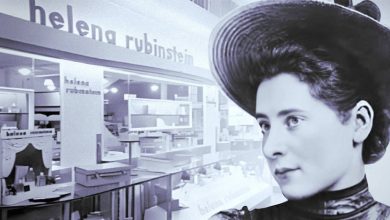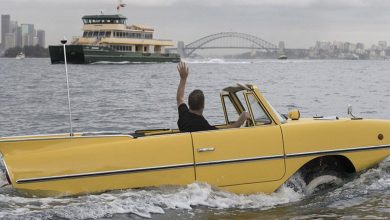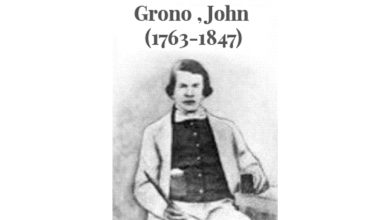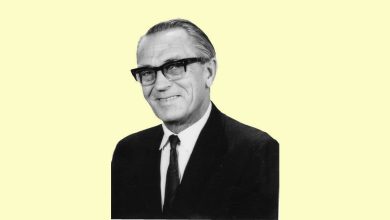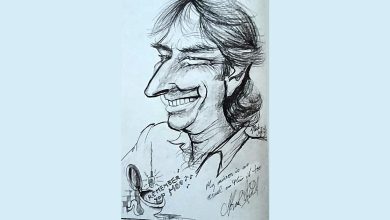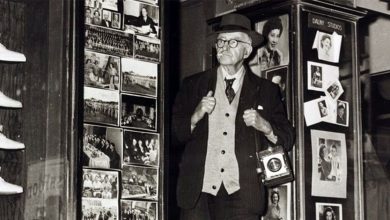BY IVOR JONES
RECENTLY I attended a car show which had on display many vehicles from the 1950s up to more modern times. Viewing these old cars, trucks and vans brought back memories of the traffic indicators on these old relics.
I can well remember when it was a requirement in Australia to use hand signals to warn following traffic of your intention to stop or turn left or right.
However, a number of vehicles had a yellow turn signal in the column between the front and rear doors so that the driver could press a button on the dash and hopefully the signal would come out of the correct column and indicate which way you are turning.
These indicator arms were legally allowable as an alternative to the hand signals. Eventually, both the hand signals and the indicator arms were deemed to be either dangerous or non-effective and were subsequently banned.
A few drivers lost an arm when using the hand signals as their arm was struck by either passing traffic or some other obstacle. I knew of at least one driver, Norm Field, with whom I worked with in the 1960s who lost his arm in a traffic accident.
The yellow turn signals were also found to be ineffective and were hard to see in many cases, particularly the signal that would supposedly show your intention to turn left with drivers in following vehicles sitting on the right- hand drivers’ seat unable to view the signal on the car in front’s left-hand side.
Other problems with the yellow signal were that it would either get stuck within the column or stuck indicating your intention to turn when in fact you intended to continue driving straight ahead.
The yellow indicator arm was also equipped with a light globe that often did not light up due to the arm returning to the column in which it was housed with a thud that caused the globe to either loosen in the housing or fuse.
On many buses and trucks, there was a mechanical hand that the driver would use to show following traffic the intention to either turn or stop.
These hands worked on a system either pointing in the direction of the intending turn or a raised hand indicating your intention to stop. They also caused damage to the paintwork on the drivers’ door. The mechanism of these mechanical hands would also stick or cause damage to passing traffic or surroundings.
Thankfully with the introduction of indicator lights on the front and rear of vehicles, many of these dangers have ceased, however, there are many times when I have seen drivers who have not turned off their indicators after changing traffic lanes or the automatic cut out has not worked after turning a corner.
Back in the day, I also recall talking to a relative about automatic transmission versus manual transmission. His response was (remember this was back in the 1960s) that he much preferred manual transmission as if you had a problem with automatic it was very expensive to repair.
I wondered at the time about how often he had replaced the clutch plates in his manual car and at what cost, let alone that they also consisted of asbestos.
By the w
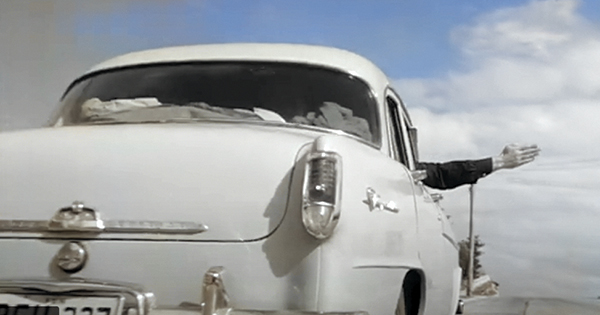
old cars, old cars, old cars, old cars ,

